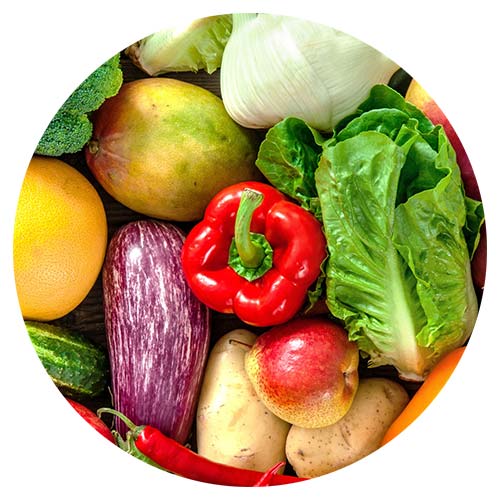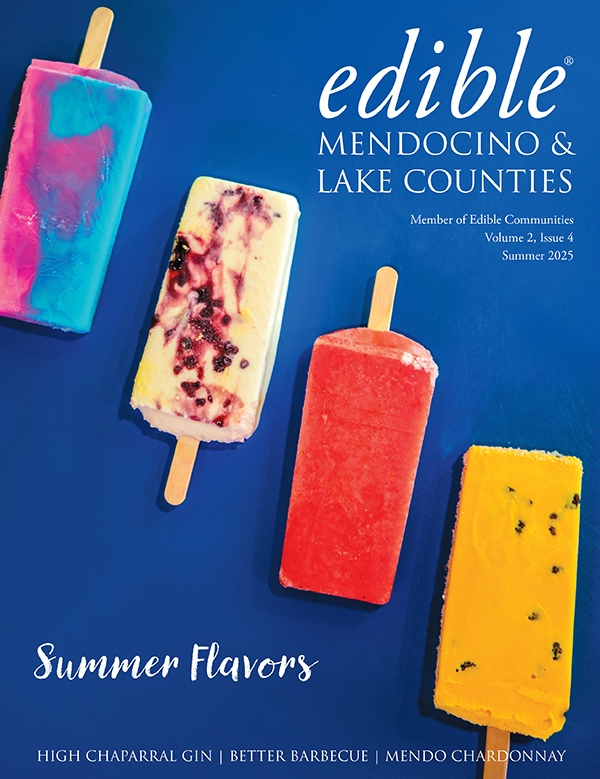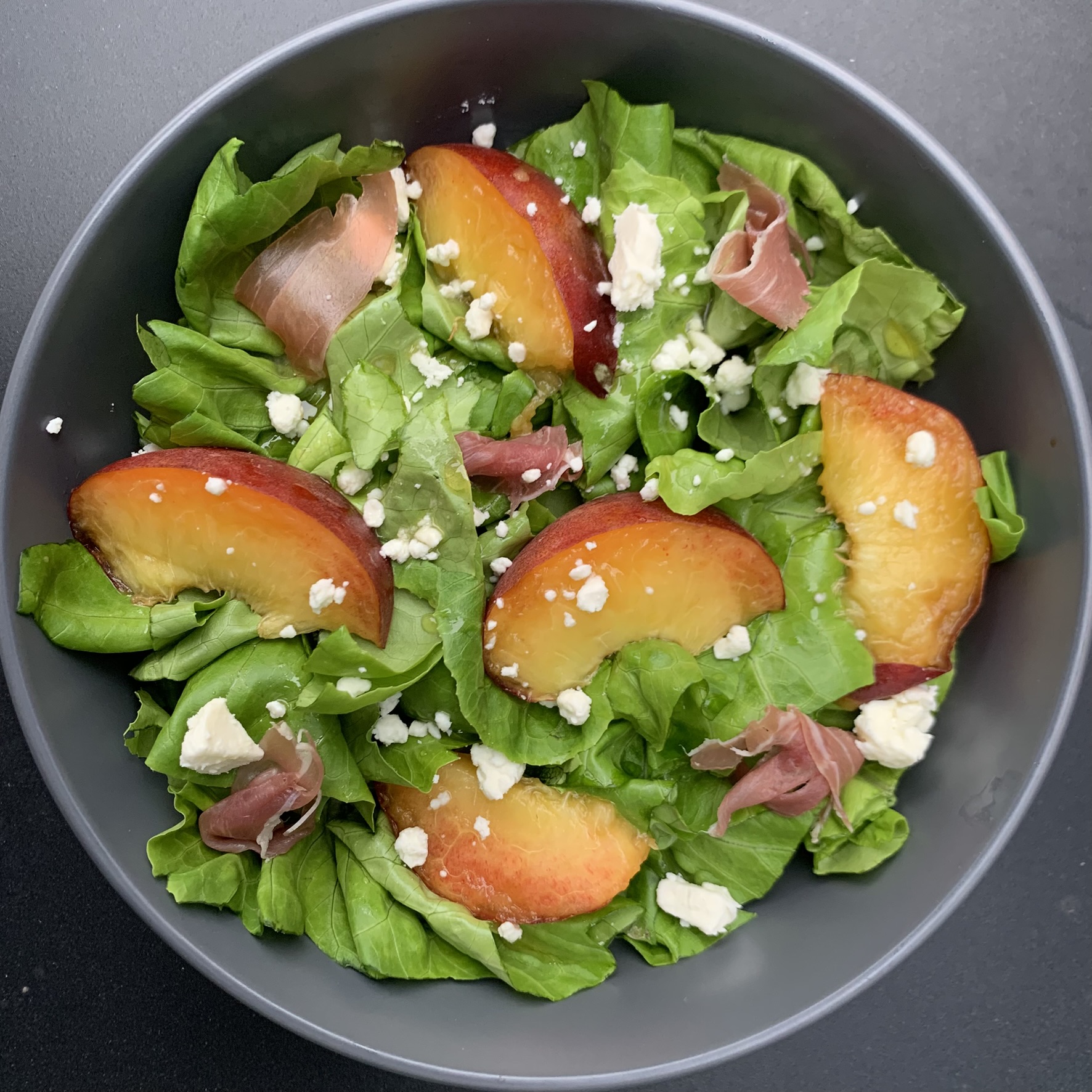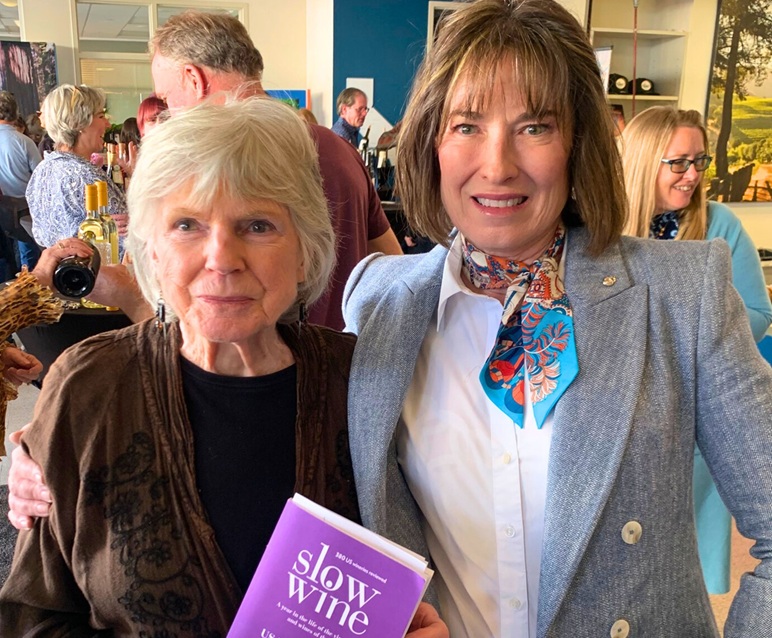How to tune into the “mycoverse” for more successful – and fulfilling – mushroom foraging
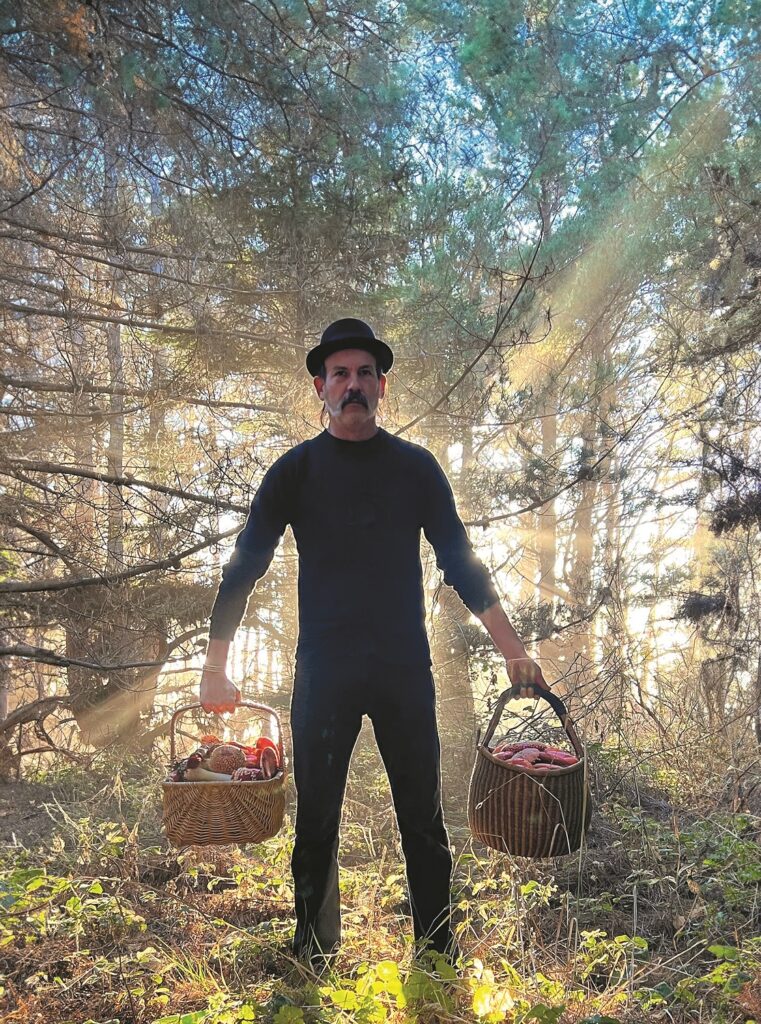
The wild mushrooms of Mendocino County are many things: widely celebrated; stunningly beautiful; highly versatile; sometimes edible; and often elusive.
Every year thousands try their hand at foraging – it’s basically the unofficial winter pastime in Mendocino County. Some have more success than others. But here’s an insider tip: your chances are much better if you tune into the mycoverse.
Mushroom foraging is not simply a matter of waking up on a bright wintry day, grabbing a basket, heading out to the forest, then keeping your eyes on the ground until you eventually bump into some fungi. Sure, you may luck into a couple this way, but it helps to look at the big picture, not just the ground in front of you.
Because where and when mushrooms grow is partly a mystery known only to Mother Nature, and partly a puzzle that can be solved by paying attention to crucial clues such as moisture, elevation, topography, soil type, microclimate, and perhaps most crucially, trees.
“Understanding trees is the key to understanding where mushrooms are,” said William Sprague, one of the Mendo coast’s most well known mushroom enthusiasts. “I tell people that when I’m hunting mushrooms, I spend more time looking up than I do looking down. Mushrooms have a mycelial connection with the environment. They create symbiotic relationships with certain trees and shrubs, which is why different mushrooms do better in different scenarios. I’m amazed by the number of foragers and hunters who don’t understand the trees at all, and who are not plugged into the other key elements.”
For example, you won’t find the same mushrooms in a cool, flat, sandy, coastal valley amid a grove of eucalyptus as you would on a warm, earthy, inland mountain slope amid a stand of redwoods. Like grapes, each variety of fungi thrives in a slightly different set of conditions (with some exceptions).
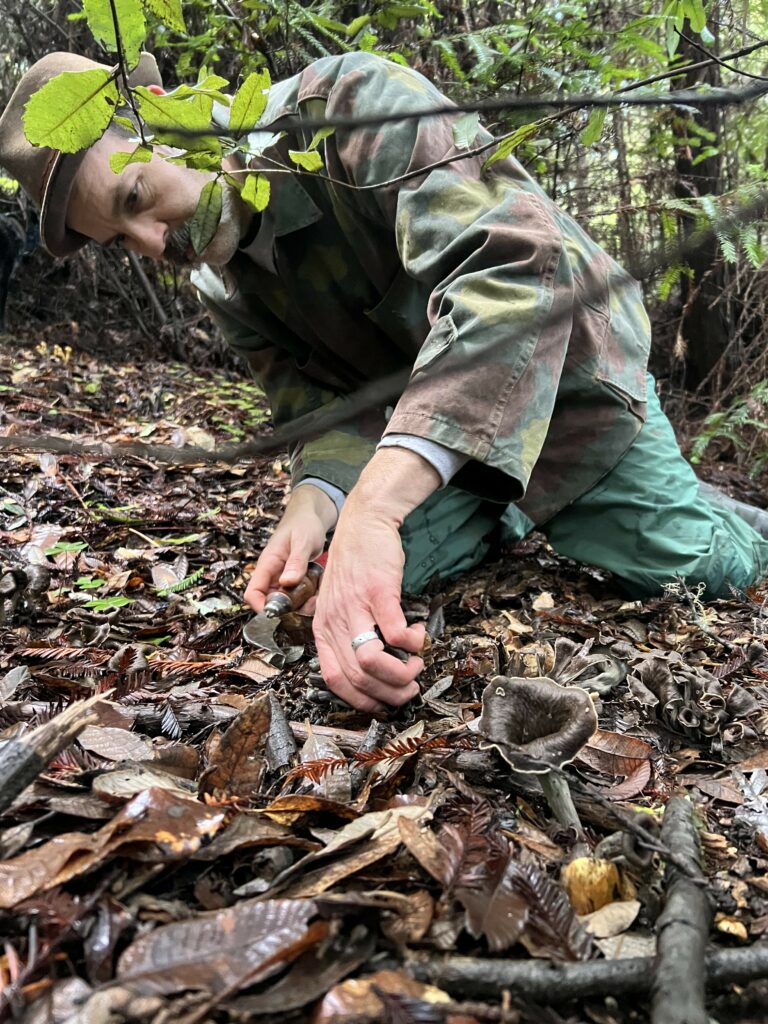
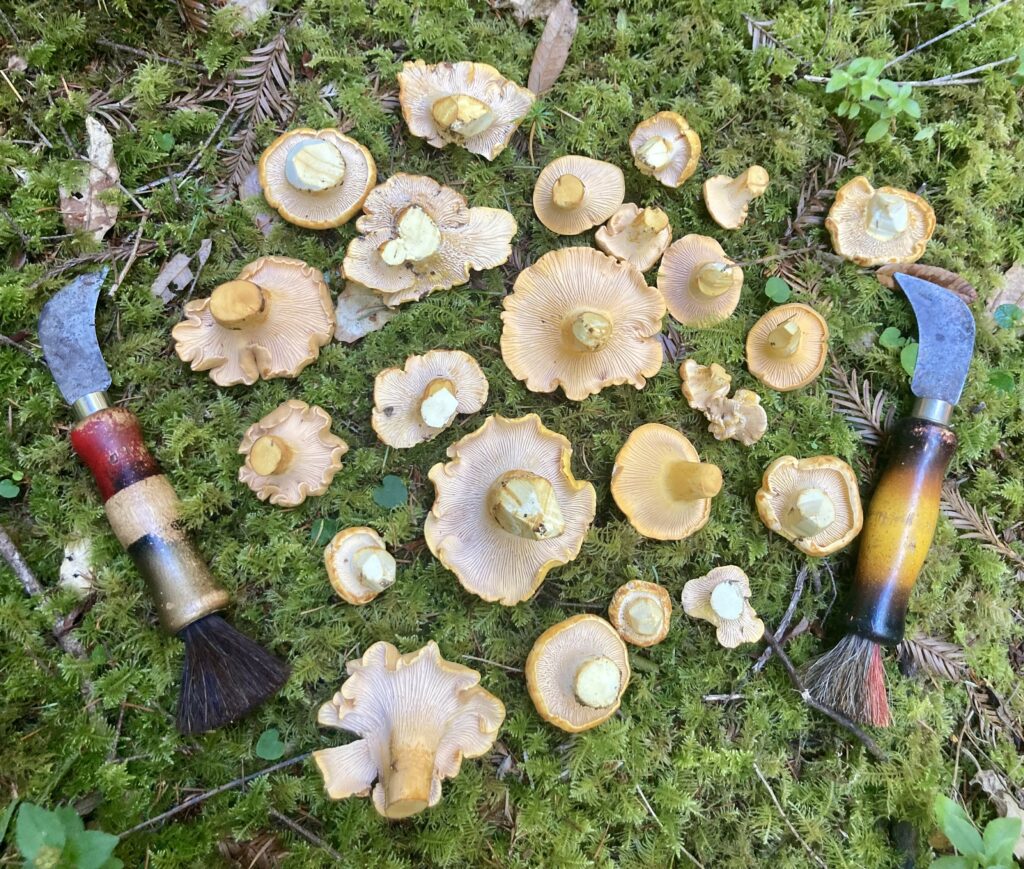
If you’re so inclined, there are many books that can help you pinpoint the best places to find different species of mushrooms, the best being Mushrooms of the Redwood Coast by Christian Schwartz and Noah Siegel. Sprague recommends this book because it’s the only one that provides detail on the micro-regions within Mendocino County, each of which is unique from the others.
Instead of leaning too much on guidelines, Sprague recommends becoming your own expert. First educate yourself on different local tree species, then simply be observant when you’re out on the hunt.
“Whenever you find some mushrooms, you really just want to stop and take a look at what’s happening right there,” Sprague emphasized. “What trees are they growing under? Are they on a northwest facing slope, or a southeast facing slope? What’s the soil like, and what is the understory like? Is it huckleberries, or is it ferns?”
“Eventually, after spending some time moving through the woods, you’ll begin to recognize familiar scenarios,” he added. “You’ll be able to say, ‘oh, this looks exactly like that spot that I found those chanterelles in!’”
Don’t get discouraged if the conditions and location seem right for the mushrooms you’re seeking, but you still don’t find them. Rain and temperature fluctuations play a big role in mushroom development, and can alter a bloom cycle. For example, if it rained recently, or if the temperature increased or decreased significantly in the last day or two, you might not find what you’re expecting – or you might find something totally different.
“Sometimes the environment looks exactly right for a specific mushroom, but it’s not there,” Sprague said. “I’ve definitely encountered this throughout my years as a mushroom hunter. Sometimes I just have to look a little harder in the duff, but sometimes the timing’s not quite right. Then when I come back in two or three weeks to take another look, lo and behold, there they are!”
More importantly, Sprague advises not being too goal-oriented, and enjoying the hunt for what it
is: a chance to be outdoors, get unplugged, and recharge. He personally sees it as more of a spiritual quest.
“Foraging gets me out into nature, which is also kind of my church, my happy place,” he said. “It makes me feel good in so many other ways.”
The guide here, with tips on finding seven of the most commonly eaten wild mushrooms in Mendocino County, will help steer you in the right direction, but ultimately Mother Nature offers no guarantees. As the headline says, it’s an art, not a science. So it’s up to you, the forager, to pay attention to the terrain, microclimate, and timing when you encounter a mushroom colony, and paint your own picture. And the more time you spend foraging, the better you’ll get at it.
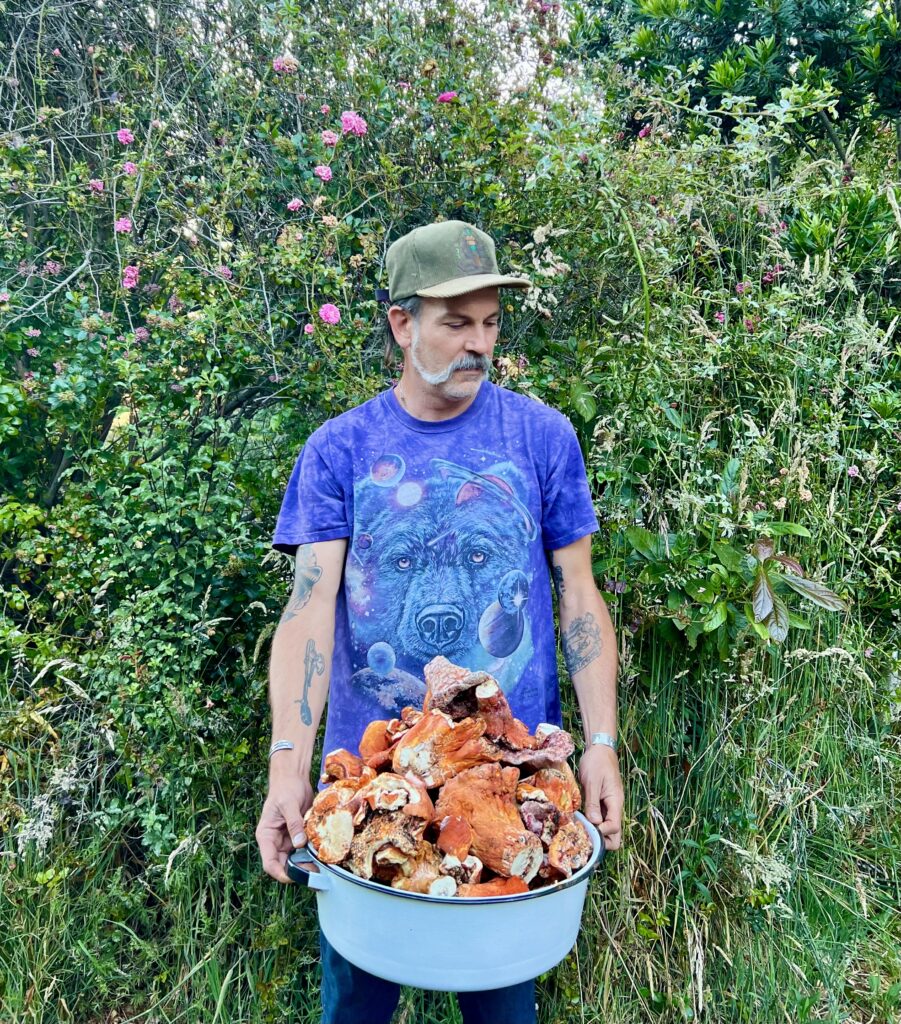
Inglenook-based William Sprague has been a mushroom enthusiast for nearly a decade. When he’s not hunting mushrooms in Mendocino County and throughout the western United States he’s using them to create dyes, teas, medicines, food and art. He is also a member of the Mendocino Coast Mushroom Club, and a mushroom educator. You can buy a wide array of his artisanal mushroom products and merchandise (including mushroom hunting knives) through his website, bornfreenaturalmystic.com. When his busy schedule permits, he does private guided mushroom foraging tours. For more information on booking a tour, contact him through email at obsidianmonarch at gmail dot com or on Instagram.

Click here for William Sprague’s advice on where, when and how to find seven of our favorite edible mushroom species in Mendocino County.
Click here to read our tips for novice mushroom foragers.

